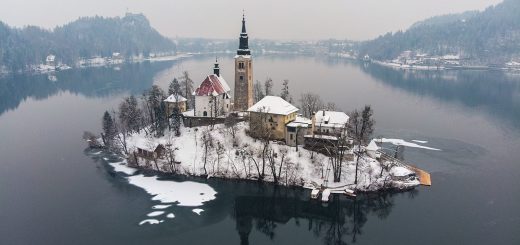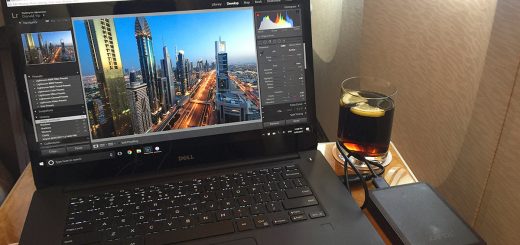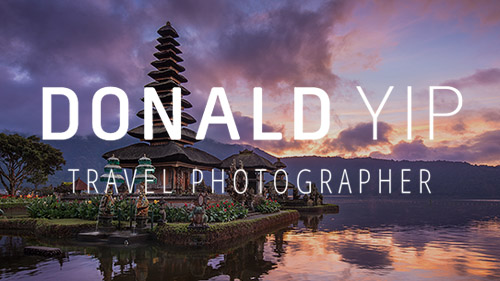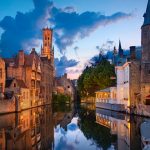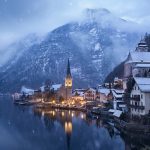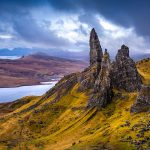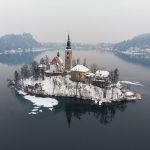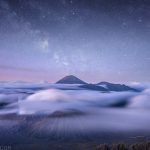Photo Equipment – What’s In My Bag
As a travel photographer, I believe that travelling as light as you can is pretty important. Every bit of equipment matters. Carrying that extra lens you think you ‘might’ use, may not seem like a big deal when packing. But that small increase in weight may make it that much more unenjoyable for you, if you have to carry it on your back or shoulder for several weeks. This is especially true if you don’t even end up using it! It might also make the airline you are flying with a tidy little profit at baggage check-in, or worse yet, broken equipment because you had to check over-weight gear into the cargo hold.
In this post, I’ve outlined the equipment I take as my current set-up on most trips.
CAMERA & LENSES

One of the most popular cameras ever made by Nikon, and comes with me on every trip. Features everything I need really – full frame 24MP sensor, 51 point AF, lightweight body (for a FF camera), dual SD card slots (I use the secondary slot as a backup, where all shots are copied over as they are taken. Handy for when you can’t upload), and tilt screen. I actually use the tilt screen a lot more than I thought I ever would, especially when shooting high to get over a fence/railing, or very low for a different perspective.
A common Nikon DSLR set up is the ‘holy trinity’. That is, a 14-24mm 2.8, 24-70mm 2.8, and 70-200mm 2.8. All of these lenses are legendary in their own right, and offer unparalleled image quality both in low light and on a tripod. However, the 70-200mm lens alone weighs more than my D750 body and a 28-300mm lens attached! Granted, I do shoot on a tripod most of the time, so the 2.8 aperture isn’t required. F/8-11 on the 28-300mm produces amazing results. Below are the lenses I use with my Nikon system.
Nikon 16-35mm F4G ED AF-S VR Zoom Nikkor Lens
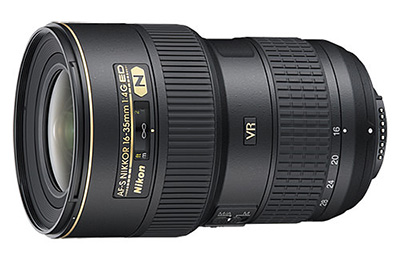
Before the release of this lens, the 14-24mm f/2.8 was generally my go to. However, the 16-35mm f/4 offers so many more advantages over the 14-24mm, that it’s now my most used lens. It’s an ultra-wide, and on a sturdy tripod, it is godlike – it produces arguably the best possible image quality out of any Nikon lens! Barrel distortion is easily rectified, and the build quality is on par for a high-end premium lens. If you see any of my images shot over the last year within the focal range of this lens, you can be fairly sure that’s what I used. Best lens I own, and I wouldn’t leave the house without this piece of equipment.
Advantages of the 16-35mm over the 14-24mm are:
– Far less weight. It is 685g (1.5 lb), as opposed to the 14-24mm which comes in at a hefty 1kg (2.20 lbs)
– Accepts standard 77mm thread filters. The 14-24mm requires specially designed, expensive filter systems
– Image quality is on par with, if not better than, the 14-24mm
– Price; the 16-35mm is nearly 50% cheaper than the 14-24mm
Nikon AF-S NIKKOR 28-300mm f/3.5-5.6G ED VR Lens

The focal length of this lens pairs perfectly with the 16-35mm. Every single focal length I could possibly need is covered, and only with 2 lenses, weighing a total of 1.48kg (3.2 lbs)! The Nikon 24-70mm 2.8 weights 1.3kg (2.8lb) alone. For a travel photographer, that weight reduction makes an insane difference.
That being said, there are some compromises with this lens. When shot wide open (or anything below f/7.1 really) the lens is not the sharpest, and chromatic aberration and distortion becomes quite apparent. But on a locked tripod, it spends most of its time at f/8-f/13, where the results are fantastic.
Nikon AF 50 mm F/1.8 FX Lens
I rarely use this lens much anymore, but I always keep it handy for portraits, low-light hand-held, or anything else a shallow depth of field or fast aperture may require.

A great little mirrorless I use as a backup camera, aswell as for behind the scenes shots, timelapses etc. Insanely lightweight for the quality output, however the only downside (that still plagues all current mirrorless cameras) is the battery life.
Olympus M.ZUIKO DIGITAL ED 14-42mm 1:3.5-5.6 EZ
The kit lens on the M10 Mk II, stays on the camera most of the time. Although sometimes it’s not wide enough in comparison to what I’m shooting on my Nikon full frame, it’s a great walk-around lens as well as used on a tripod. Super compact and lightweight!
Olympus M.ZUIKO DIGITAL ED 40-150mm 1:4.0-5.6 R
For those times when I need the extra reach. Stays in the bag, but currently doesn’t get much action. Results have been great for the times I have used it.
ACCESSORIES
Thinktank Airport Essentials Backpack

A solid, well made camera bag or backpack is pretty important. This backpack not only fits my camera equipment, but houses my laptop, cables, water bottle, hard drives, snacks, and sometimes a parka if I’m headed out. In every single flight I’ve been on, it fits under the seat in front of you, aswell as in any overhead cabin. I’ve had at least a dozen different bags over the years, but for a great all-rounder, this one does the job and I think I’ll have it around for quite some time yet.

A very recent addition to the kit! A good sturdy tripod is almost as important as your camera, particularly for the work I do. My primary tripod used to be my Manfrotto, which was around 3.3kg (6.6lb), but recently decided it was time to switch it out to a traveller friendly, lighter one. The Roadtrip is lightweight, coming in at 1.6kg (3.5lb), but very sturdy at the same time, so I can have full confidence if I’m shooting in adverse or windy conditions.
Manfrotto 190X PROB + 486RC2 Head
This tripod has been my workhorse for almost the last decade. It has some great strengths over the MeFOTO Roadtrip mentioned above – crazy solid construction, the 2-lock quick release plate, and legs that can be adjusted to any angle. But at almost double the weight, I eventually decided it wasn’t worth taking on long trips.
2017 Dell XPS 15.6″ 9560
A laptop isn’t critical equipment if you’re on a short trip, as long as you are able to back up your photos somehow (ie dual SD card slots in your camera, or a wireless photo hard drive like WD’s Passport Wireless Pro. I recently wrote a blog post about this amazing laptop for travelling photographers/videographers. Click here to read.
Upstrap Custom Camera Strap
I didn’t like having a camera around my neck with ‘Nikon D750 $$$’ emblazoned all over it, so I switched it out for something more subtle, yet functional. It’s super grippy, so I can sling it over one shoulder only and jog with it if needed, without slipping off (useful in my photojournalist days).
Filters: Hoya Pro1 D Polariser, NiSi 10-stop ND, Cokin graduated NDI
I almost never use my graduated ND filters now, since RAW technology coupled with post-processing (graduated filter tool and exposure blending/HDR) gives you the same if not better results. However, a polariser and 10-stop ND filter can’t be replicated in post processing, and remains an integral part of my kit.
iPhone 6
For all my social media and other behind the scenes needs. A little dated now but still does the job with no complaints.
External Portable Hard Drives
At least 2 external hard drives always come with me – one goes into my camera bag and is my main drive, the other travels in my suitcase and serves as a backup. They are separated in case one bag is lost/stolen. There are a lot of brands out there, and most will do the trick if you look after them, but HGST Touro drives are well known as some of the most reliable external drives available.
Romoss Battery Pack
I can’t tell you how many times a battery pack for the phone has saved me. Takes up little space, provides big value. Critical equipment for any traveller!
Flashlight
Lenspen & Blower
Camelbak Water Bottle
Remote Control (MC-DC1)
SOFTWARE
Backblaze
Cloud backup solution. All my files are uploaded to the cloud using Backblaze, in the unfortunate case I lose both my external drives. There are other backup providers out there too, such as Carbonite, Google Drive, Dropbox Pro etc.
Lightroom & Photoshop
A photographer’s bread and butter for post processing. Alot of my folio involves a ‘time blend’, where multiple exposures are joined together in Photoshop after colour and RAW processing in Lightroom.


